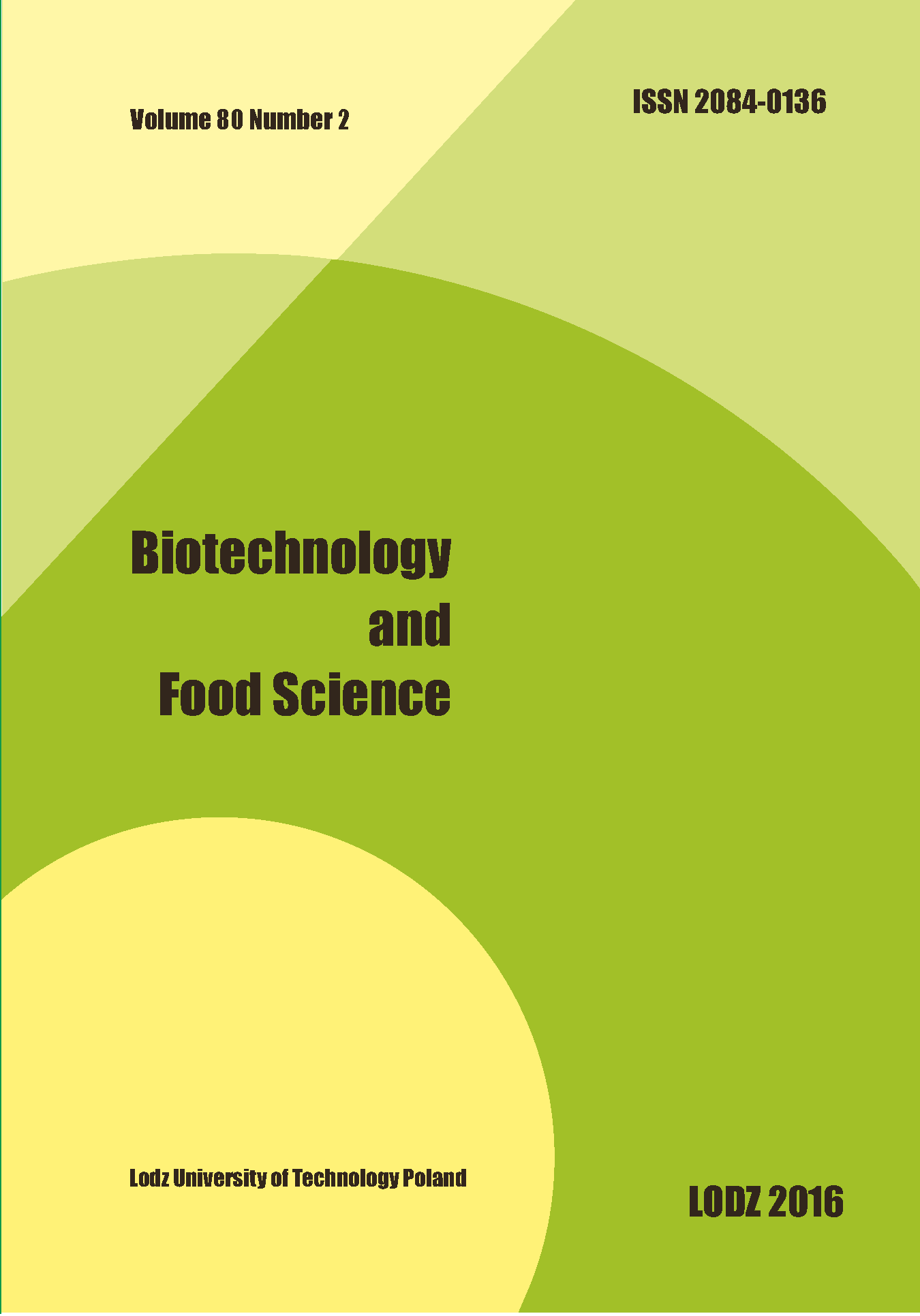Abstract
Scaffolds are three-dimensional structures which provides necessary support for different cells’ vital functions. Although they are widely produced from different materials, most of them are not biodegradable. Bacterial bionanocellulose (BNC) has this property and additionally, has similar features to natural, extracellular matrixes. Unfortunately, natural channels which are in BNC’s structure have not sufficient diameter to colonize them with, for example, mammalian cells. Some experiments for pores enlargement in cellulose structure have been conducted. Multiple frosting and defrosting of properly prepared BNC’s samples has produced some positive results. Application the mixture of sterile vegetable oil and ethanol at the cultured layers of bionanocellulose gave expected results – diameter of the channels and chambers is enough to colonize them with viable cells. The results of described experiments give hope that bacterial bionanocellulose, because of its transformation’s simplicity, could be an alternative material for bioplastics productions.
References
Hutmacher DW. Scaffolds in tissue engineering bone and cartilage. Biomaterials 2000, 21:2529-2543.
Chen G, Ushida T, Tateishi T. Scaffold design for tissue engineering. Macromol Biosci 2002, 2:67-77.
Mikos AG, Temenoff JS. Formation of highly porous biodegradable scaffolds for tissue engineering. E J Biotechnol 2000, 3:1-6.
Peter X Ma. Scaffolds for tissue fabrication. Materials Today 2004, 7:30-40.
Chan BP, Leong KW. Scaffolding in tissue engineering: general approaches and tissue specific considerations. Eur Spine J 2008, 17:467-479.
Chen G, Ushida T, Tateishi T. Scaffold design for tissue engineering. Macromol Biosci 2002, 2, 67-77.
Kaźmierczak M, Kołodziejczyk M. Skafoldy w hodowlach komórkowych. Politechnika Łódzka, Engineering Thesis 2014.
Wang J, Zhu Y, Du J. Bacterial Cellulose: A natural nanomaterial for biomedical applications. J Mech Med Biol 2011, 11:285-306.
Dean S. Influence of the Growth conditions on the properties of bacterial cellulose produced in arotating. University of Canterbury, PhD Thesis, 2011.
Erchemia A. Bioplastiki – tworzywo przyszłości. Teraz Środowisko. Warszawa, Cogiterra sp. z o.o. 2014.
Guochen D, Lilian XL, Chen JY. High-efficiency production of bioplastics from biodegradable organic solids. J Polym Environ 2004, 12:89-94.
Jambunathan P, Zhang K. Engineered biosynthesis of biodegradable polymers, J Ind Microbiol Biotechnol 2016, 43:1037-1058.
Jozala AF, Pértile RA, dos Santos CA, de Carvalho Santos-Ebinuma V, Seckler MM, Gama FM, Pessoa A Jr. Bacterial cellulose production by Gluconacetobacter xylinus by employing alternative culture media, Applied Microbiology and Biotechnology 2015, 99:1181-1190.

